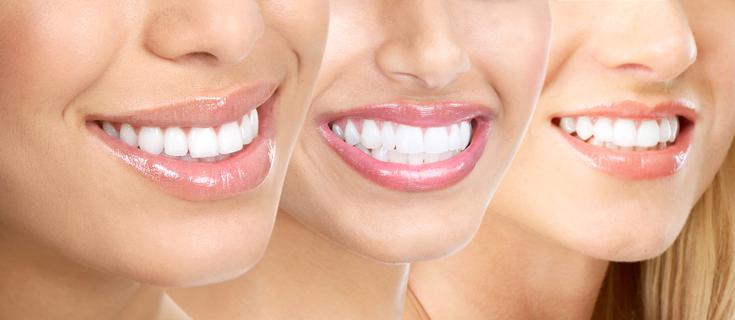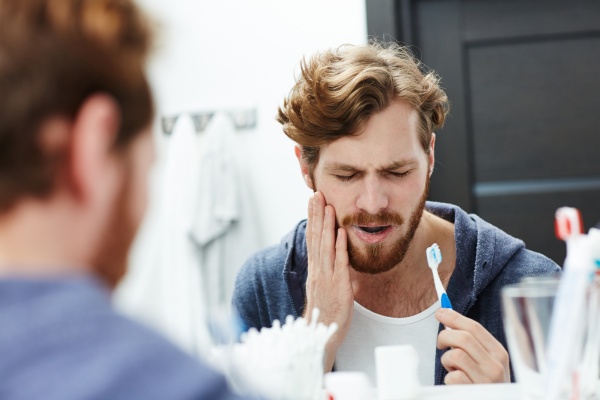DOES YOUR SMILE NEED A NEW LOOK?

Why should you pay less attention to your smile than you do to your hair, skin, and body? After all, they ALL should be in the best of shape so as to help reduce the signs of aging!
Are you aware that time also takes a toll on your smile? The effects of a "mature smile" may be recognized in the discoloration, wear ( shortened teeth ), and decay ( cavities )of the dentition as well as in changes related to the appearance and health of the gums. These changes are often signs of age. The good news is that today's technology and expert dental advice provides solutions to these and other shortcomings of an aged smile.
It may be time for a "SMILE MAKEOVER"! One of these can certainly boost not only the appearance of your smile but how you feel on the inside. Studies show that people with attractive, healthy, and powerful smiles tend to be happier and more confident. In as little as one visit, simple dental procedures can help begin to transform your smile into one you would be proud to call you own. Teeth whitening may be a great start in boosting your confidence and motivation to start considering more long term and permanent treatment options. Your cosmetic dentist will work with you on devising a more elaborate plan should you be one of those persons who can benefit from a "SMILE MAKEOVER". Together with you, custom treatment plans are carefully orchestrated to achieve the results you desire.
Your smile changes with time. As with other parts of the body, the smile experiences aging too. A few of the signs related to maturation of the smile are associated with, but not limited to, the following:
- Discoloration: The teeth may, in time, appear dull. Years of consuming stain-producing foods and drinks will result in a discolored smile. Habits such as smoking do the same.
- Shifting: The aging process causes the jaw to mature in various angles, causing the teeth to also shift and crowd. Time, genetics, and the loss of teeth over time may also result in spacing, crowding, and tilting of the remaining dentition.
- Wear and Tear: The forces applied to teeth over time will cause them to shift, chip, and fracture. Grinding and poor eating habits may also result in the same.
- Bone Loss: Overtime, the incidence of periodontal ( gum disease ) may increase, especially if genetics plays a role. Losing bone around your teeth may also result in tooth loss, drifting, mobility, and gum recession, all of which will result in the altered appearance of your smile.
The ideal smile takes on various forms. Each is specific to the person wearing it. In general, a healthy and gorgeous smile should:
- Be white, strong, and free of chips, fractures or cracks
- Be such that the upper teeth are long and shapely enough so as to dominate the lower teeth
- Be straight and properly aligned
- Have firm, pink, and nonbleeding gums
Does YOUR smile appear youthful, healthy, and attractive? If so congratulations! If not, consider contacting your cosmetic dentist today to arrange for a consultation on how to achieve the "Smile You'd Be Proud To Wear...ANYWHERE"!


